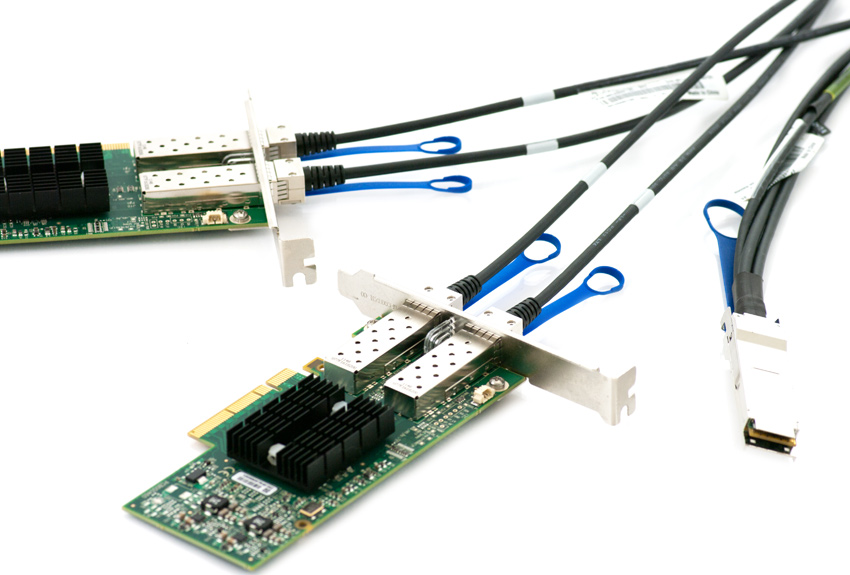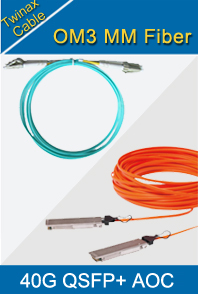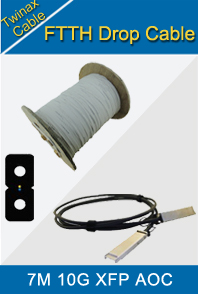-

- Sopto Home
-

- Special Topic
-

- Twinax Cable Knowledge
-

- Why Copper Is Used in Cables?
Twinax Cable Knowledge
- Cable Labeling as Part of Data Center Management
- How to Correctly Run cables On Servers in a Data Center?
- 4 Realities You Should Consider 10G Ethernet for Your Business
- Is it finally the end of copper?
- Why We Need Both 40G and 100G Ethernet Cable?
- What is Twisted Pair Cable?
- Benefits of Twisted Pair Cable Construction
- Why Copper Is Used in Cables?
- A Brief Look at Ethernet Cable Construction
SOPTO Special Topic
Certificate



Guarantee
Except products belongs to Bargain Shop section, all products are warranted by SOPTO only to purchasers for resale or for use in business or original equipment manufacturer, against defects in workmanship or materials under normal use (consumables, normal tear and wear excluded) for one year after date of purchase from SOPTO, unless otherwise stated...
Return Policies
Defective products will be accepted for exchange, at our discretion, within 14 days from receipt. Buyer might be requested to return the defective products to SOPTO for verification or authorized service location, as SOPTO designated, shipping costs prepaid. .....
Applications
 Twinax Cables are mainly used with PCI or PCI-E Card for the short distance interconnection in the server room.
Twinax Cables are mainly used with PCI or PCI-E Card for the short distance interconnection in the server room.
SOPTO Products
- Fiber Optic Transceiver Module
- High Speed Cable
- Fiber Optical Cable
- Fiber Optical Patch Cords
- Splitter CWDM DWDM
- PON Solution
- FTTH Box ODF Closure
- PCI-E Network Card
- Network Cables
- Fiber Optical Adapter
- Fiber Optical Attenuator
- Fiber Media Converter
- PDH Multiplexers
- Protocol Converter
- Digital Video Multiplexer
- Fiber Optical Tools
- Compatible
Related Products
Performance Feature
Stable Transmission Speed
Reliable Transmission
Various Length Selection
Wider Operating Temperature
Good for HPC
Good for Data Center
Twinax Cable Knowledge
Recommended


Why Copper Is Used in Cables?
Copper is an ideal conductor for building wiring, but not because it’s the most conductive metal. Silver is actually the best conductor, with an electrical conductivity 106% of that of annealed copper. However, the high cost of silver combined with its low tensile strength limits its use to special applications, such as joint plating and sliding contact surfaces.
Pound for pound (literally speaking), copper’s not even as good a conductor as aluminum. When you compare the cubic densities of copper (559 lb./cu. ft.) and aluminum (169 lb./cu. ft.), and factor in that aluminum has 56% the conductivity of copper, the result is that one pound of aluminum has the same electrical capability as nearly two pounds of copper.
At first blush this sounds very promising, but the decreased conductivity of aluminum means that for the same current carrying capacity, an aluminum conductor’s cross section will be ~50% larger than that of copper, making copper better suited for applications where space is a premium. For applications where conductor thickness is an advantage, such as aerial electric power transmission cables, copper is rarely used.
Copper has a number of other benefits:
- Tensile Strength: Copper’s high strength (~2x that of aluminum) resists stretching, neck-down, creep, nicks and breaks, which reduces field failures and service interruptions.
- Ductility: Copper’s ductility makes it easy to draw down to diameters with very close tolerances. This doesn’t conflict with tensile strength, per se–copper is just less susceptible to breaking under tensile load than other conductors.
- Thermal Expansion: Copper has a low coefficient of thermal expansion. By comparison, aluminum expands about 30% more than copper. This higher degree of expansion, along with aluminum’s lower ductility, can cause electrical problems when bolted connections are improperly installed.
- Corrosion Resistance: Copper is fairly resistant to moisture, industrial pollution, and other corrosives. A significant differentiating factor is that oxides or other chemical compounds that do form on copper are conductive. Therefore, copper connections and terminations will not overheat from corrosion due to increased conductor resistance.
- Pliability: Usually the stronger a metal is, the less pliable it is. This is not the case with copper. A unique combination of high strength and high ductility makes copper ideal for wiring systems. At junction boxes and at terminations, for example, copper can be bent, twisted, and pulled without stretching or breaking. As pliable as it is, though, it’s typical for larger cables to use stranded copper (versus solid). Stranding improves cable life by making it more flexible and has nearly the same conductivity as a single-strand (solid) conductor. Solid wire is typically reserved for smaller diameters.
Sopto supplies high quality copper cables, like SFP+ Twinax Cables, XFP to XFP Cables and so on with reasonable price for cloud storage data centers applications. For the newest quotes, please contact a Sopto representative by calling 86-755-36946668, or by sending an email to info@sopto.com. For more info, please browse our website.




.jpg)